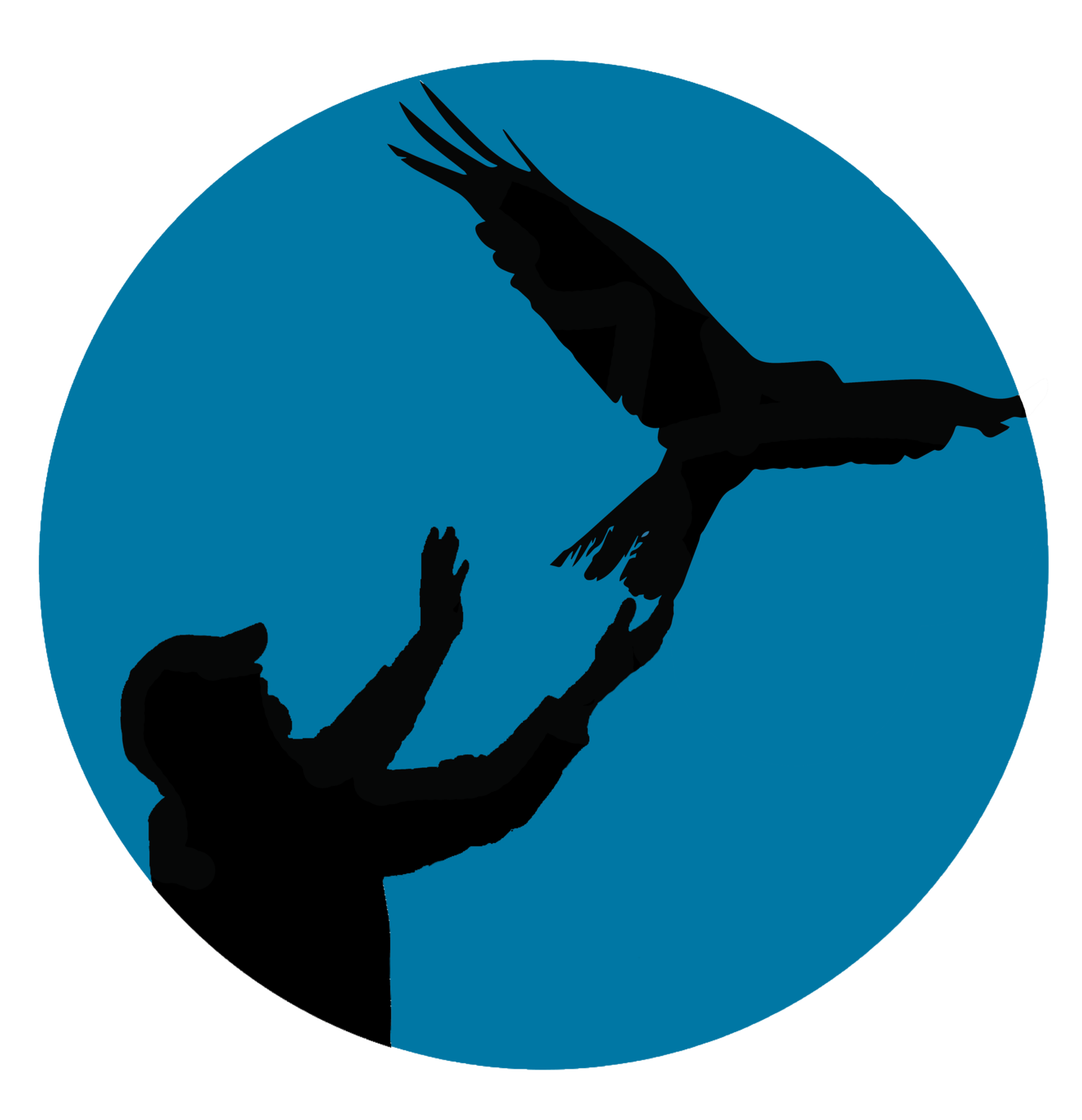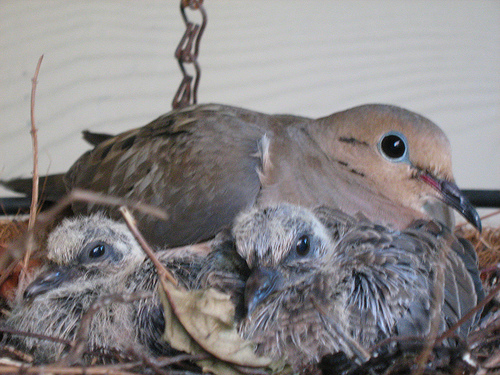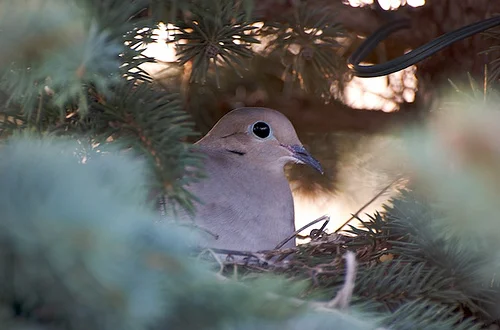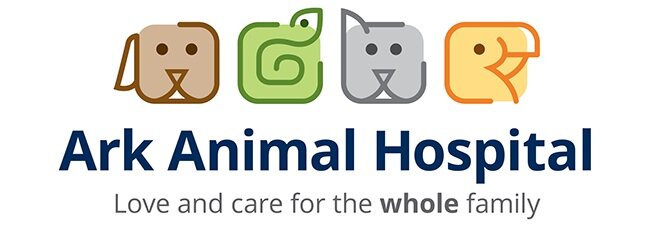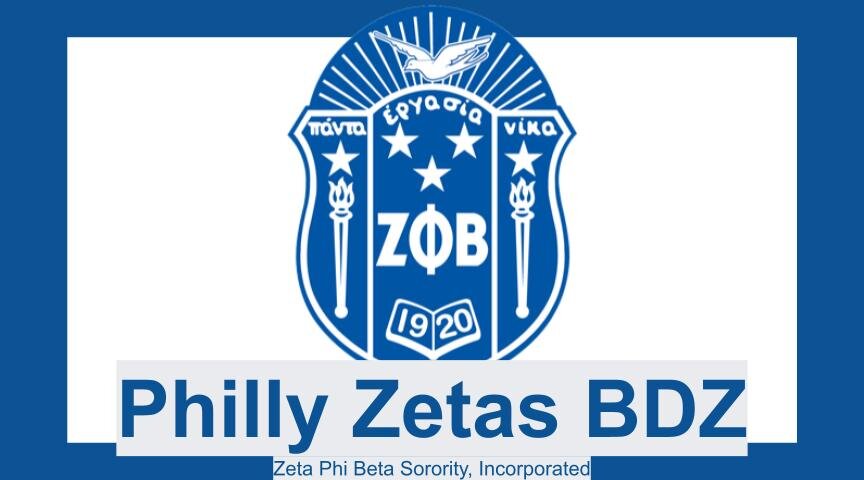-IMPORTANT-
This is the time baby birds are at highest risk of "KIDNAPPING" by humans who assume the bird is orphaned. If the bird is not obviously injured, leave it alone. It is crucial to keep kids and pets away to allow the baby bird to develop naturally.
STOP AND OBSERVE. Crucial decision point:
A brand new NESTLING
FLEDGLING
NESTLINGS: A nestling is a naked (or very few-feathered) baby bird, that is fuzzy, and cannot stand or hop. Nestlings are comparable to human newborns and should be in the nest with their parents. If you find a nestling out of the nest, uninjured, gently return it to the nest when possible. You can always call us for guidance (267) 416-9453. Parents will NOT reject babies due to human contact! If you cannot find the nest, bring the nestling to us immediately.
FLEDGLINGS: Fledglings have all their feathers, but still appear fuzzy and "babyish". They stand, hop, and jump from the nest prior to independent flight. They learn to fly from the ground up, not from the nest down. Even if unseen, the parents return every few minutes to feed the fledgling. So, don’t interfere with fledglings.
If a fledgling is in a dangerous place - for instance, where he might get stepped on, he can be gently picked up and placed under a nearby bush. Only move it a short distance because his parents will return shortly for the next feeding and must be able to locate it.
IMPORTANT: Never feed a baby bird. Birds have a hole in their tongue that goes right to their lungs. The wrong type of food can quickly kill a baby bird.
Nestling (left), Fledgling (right)
